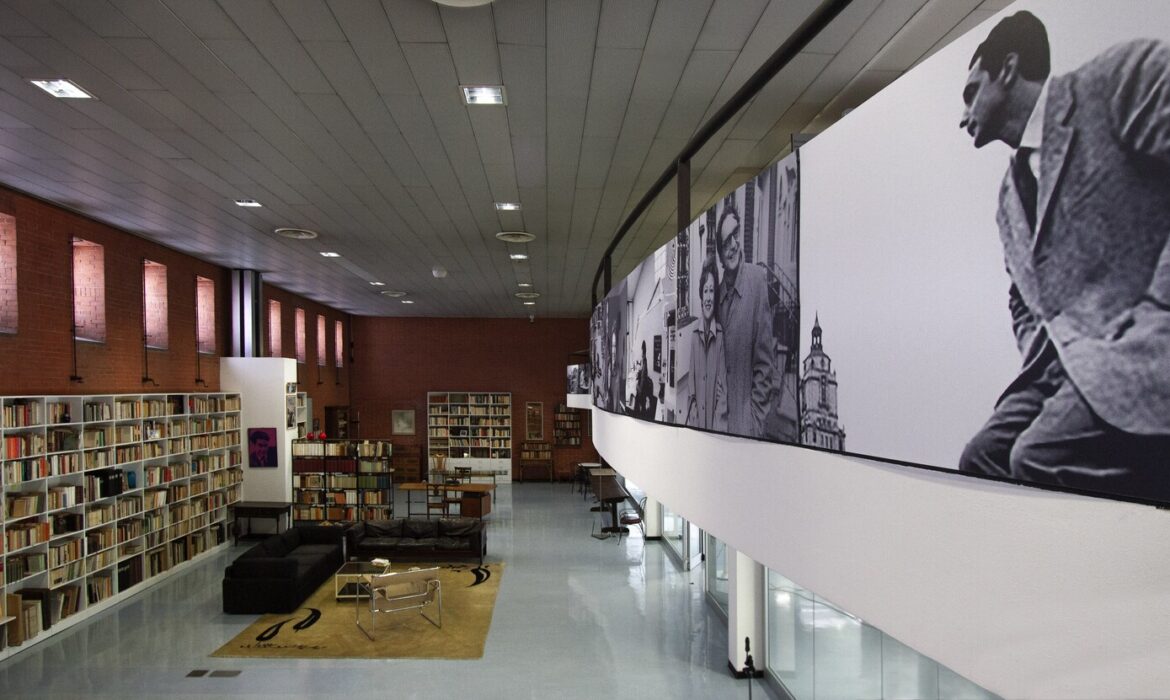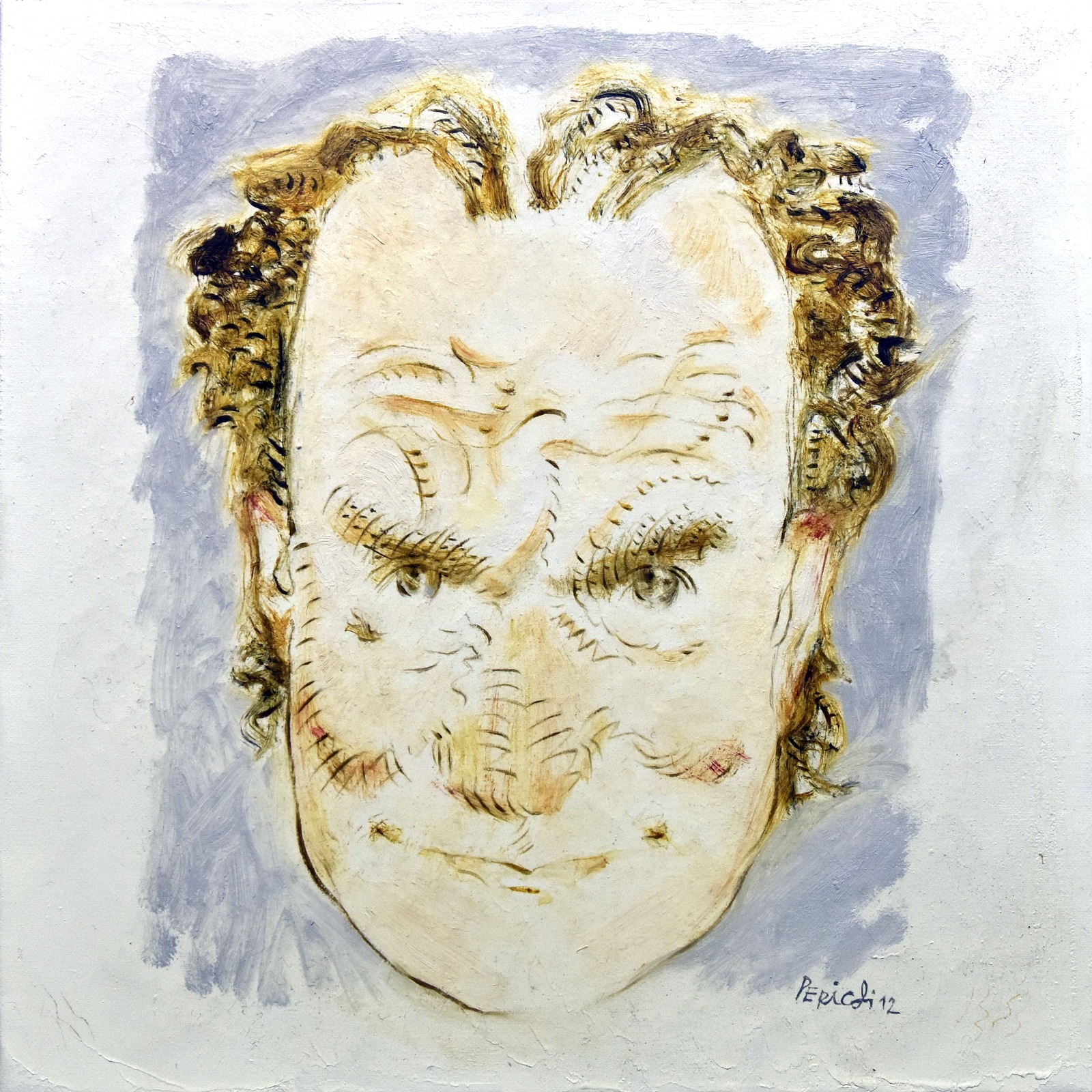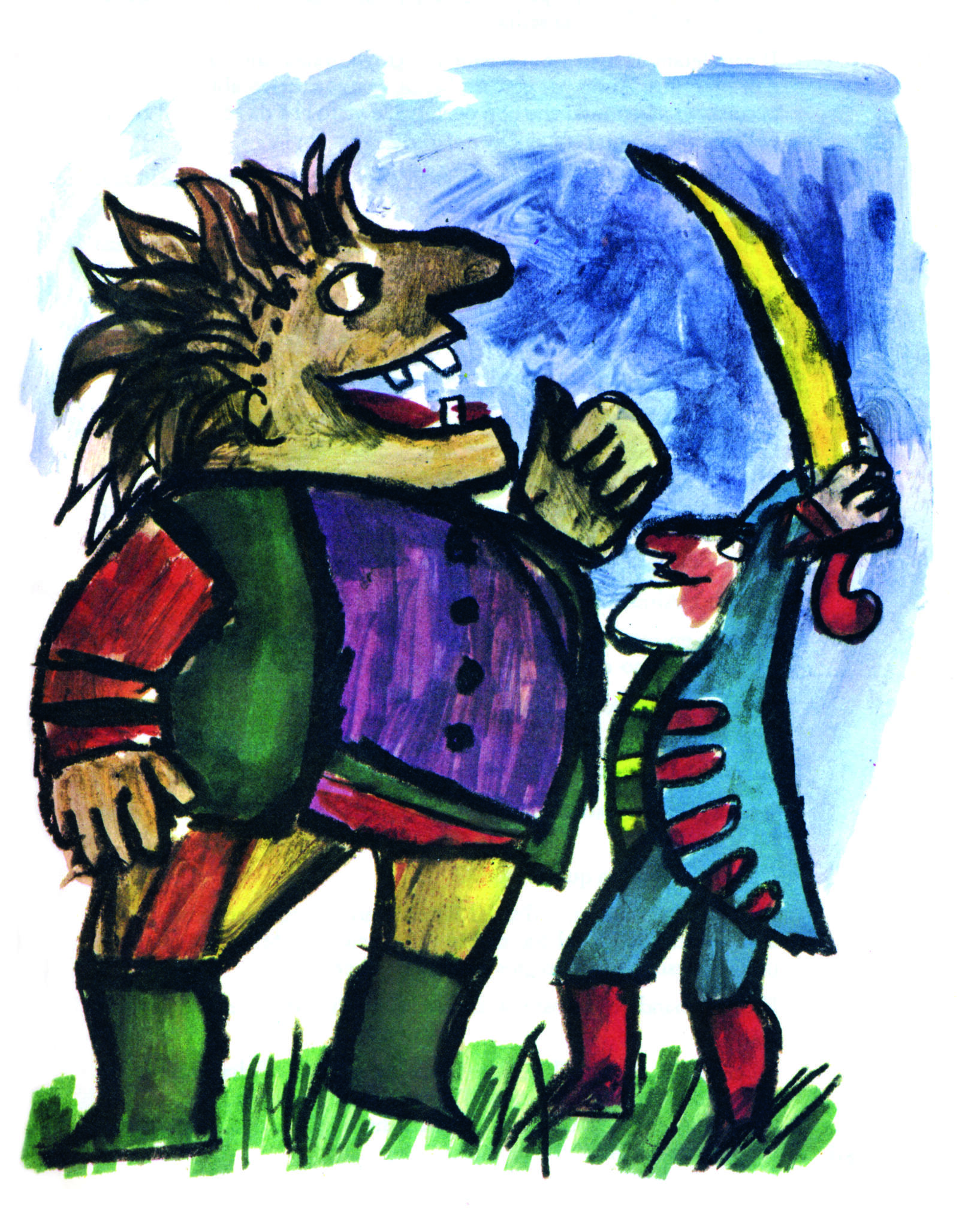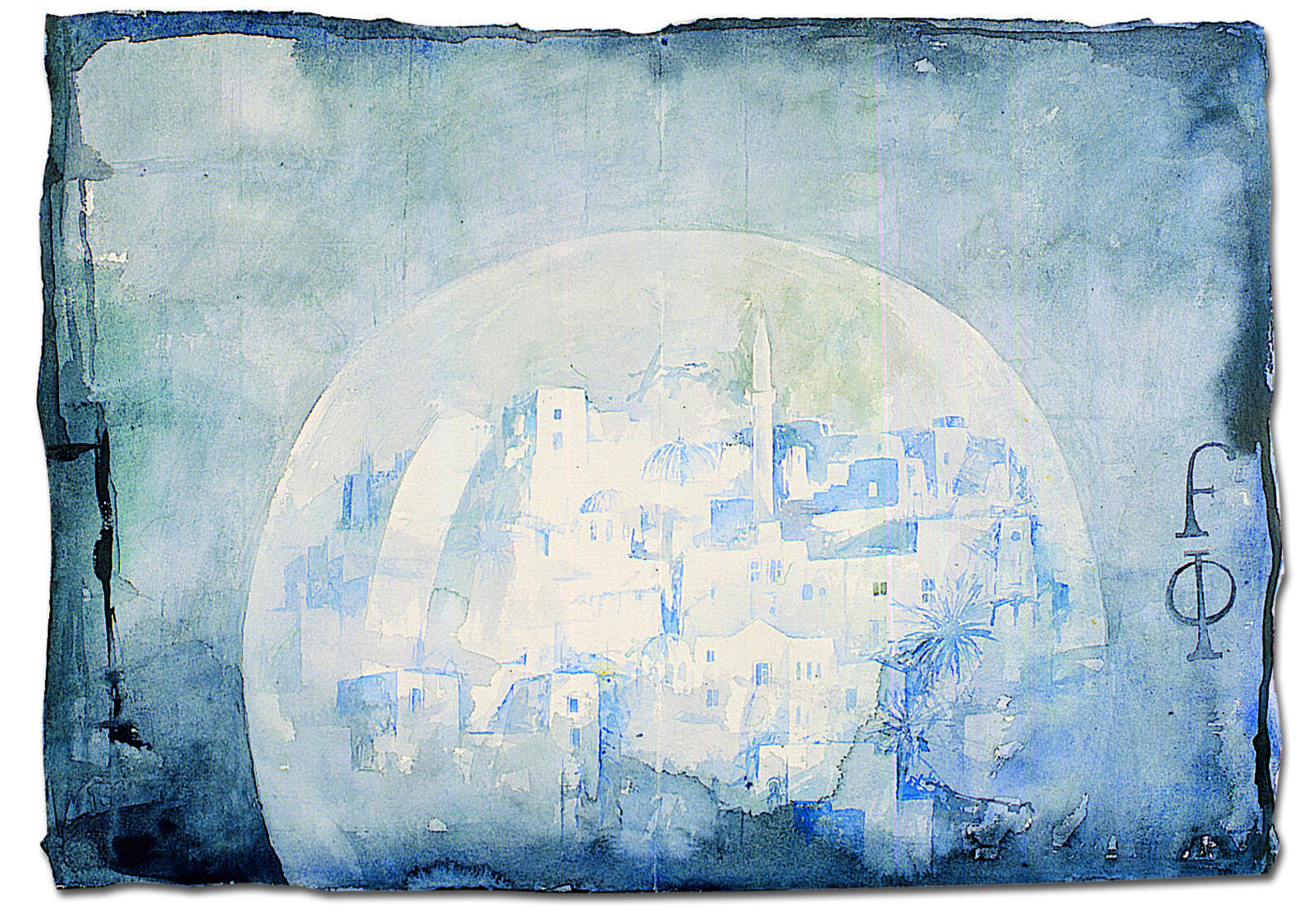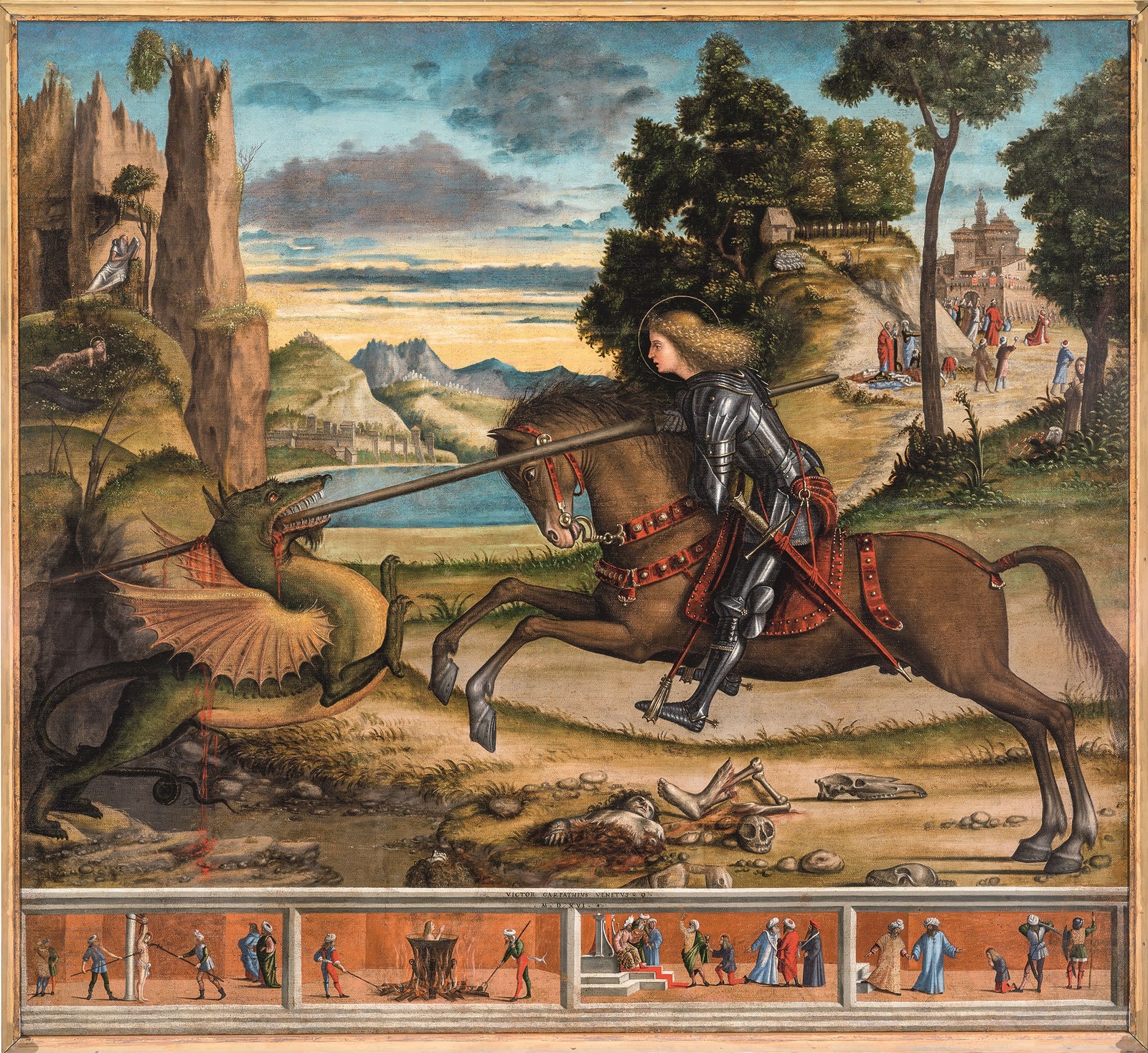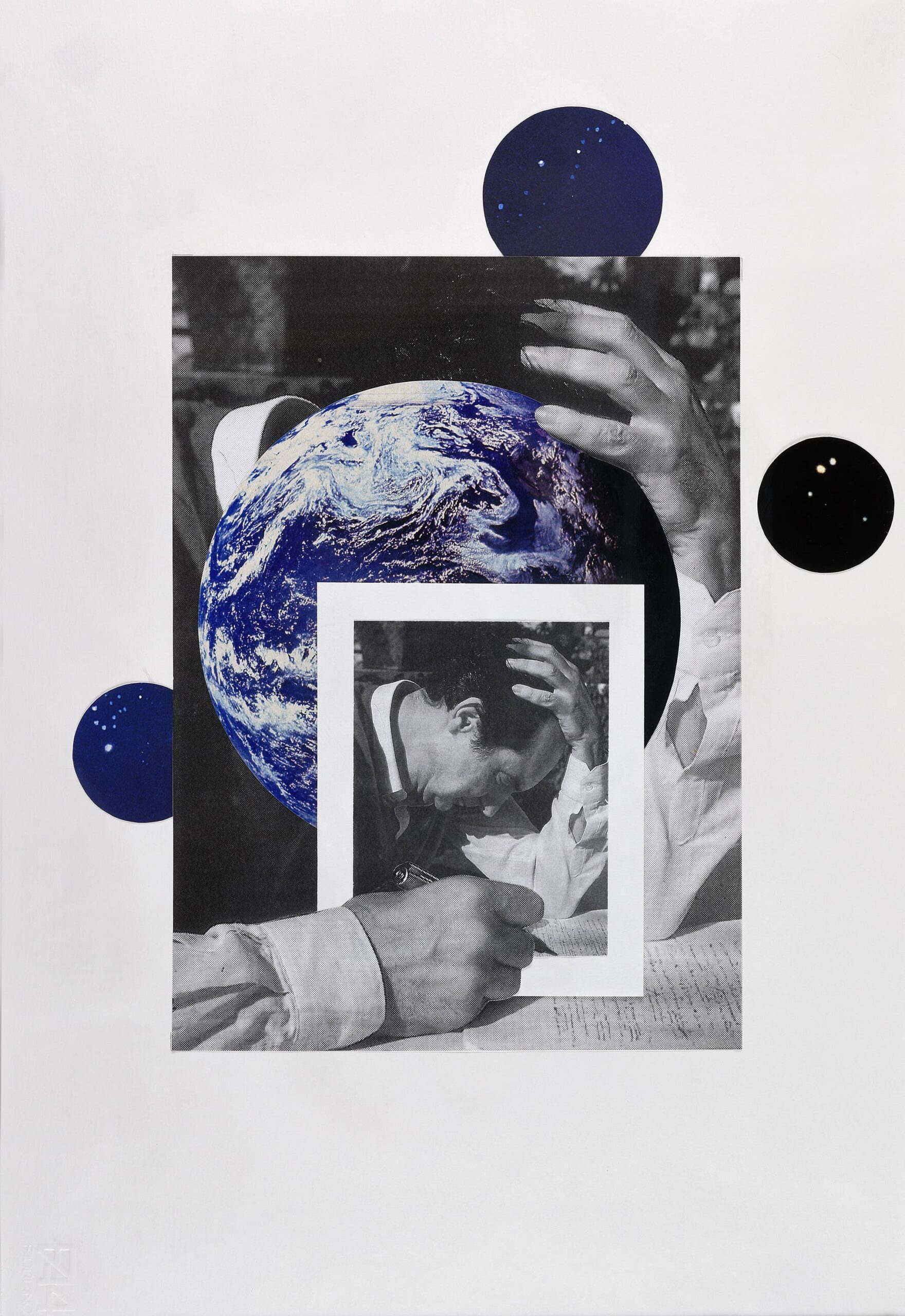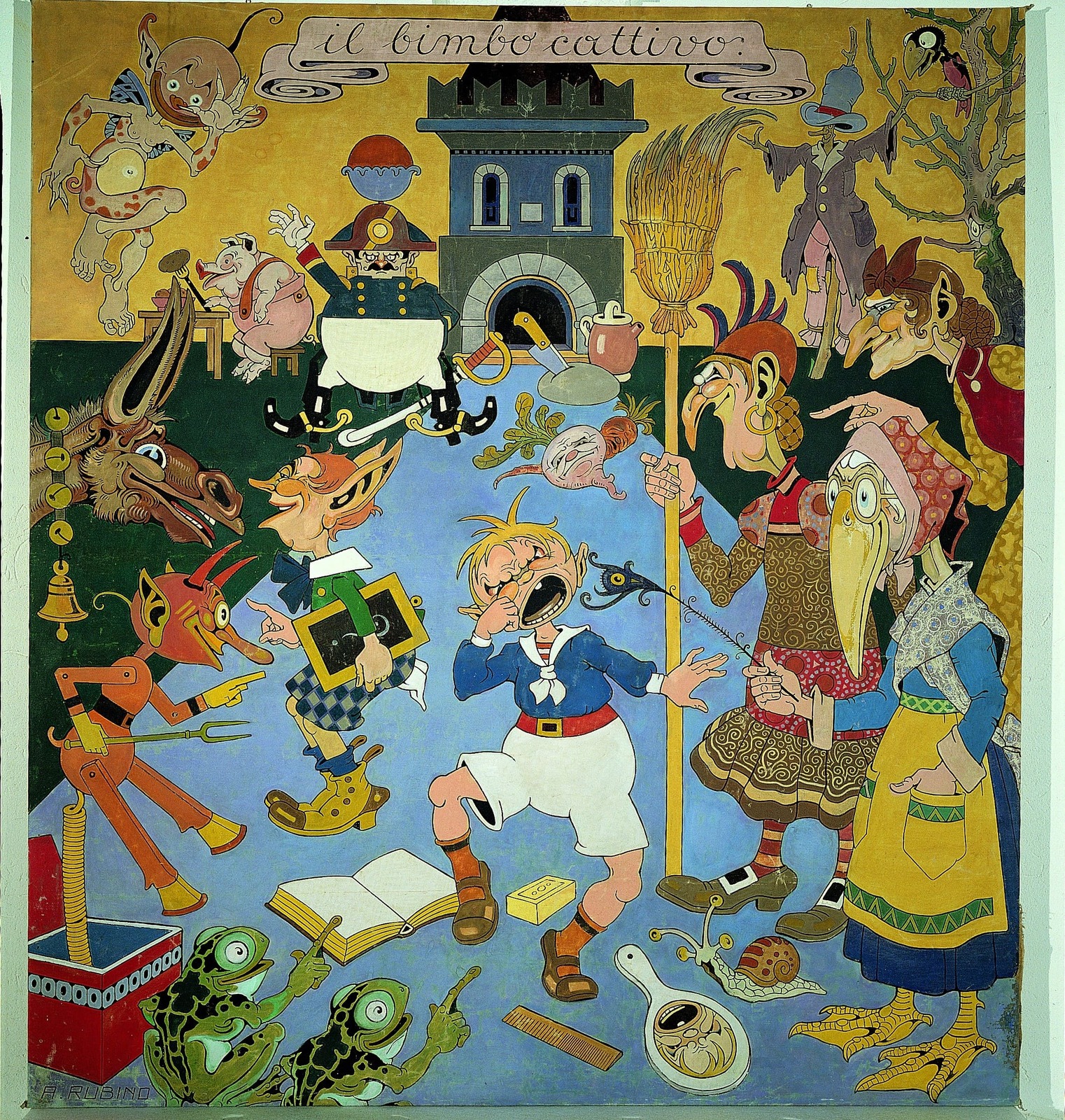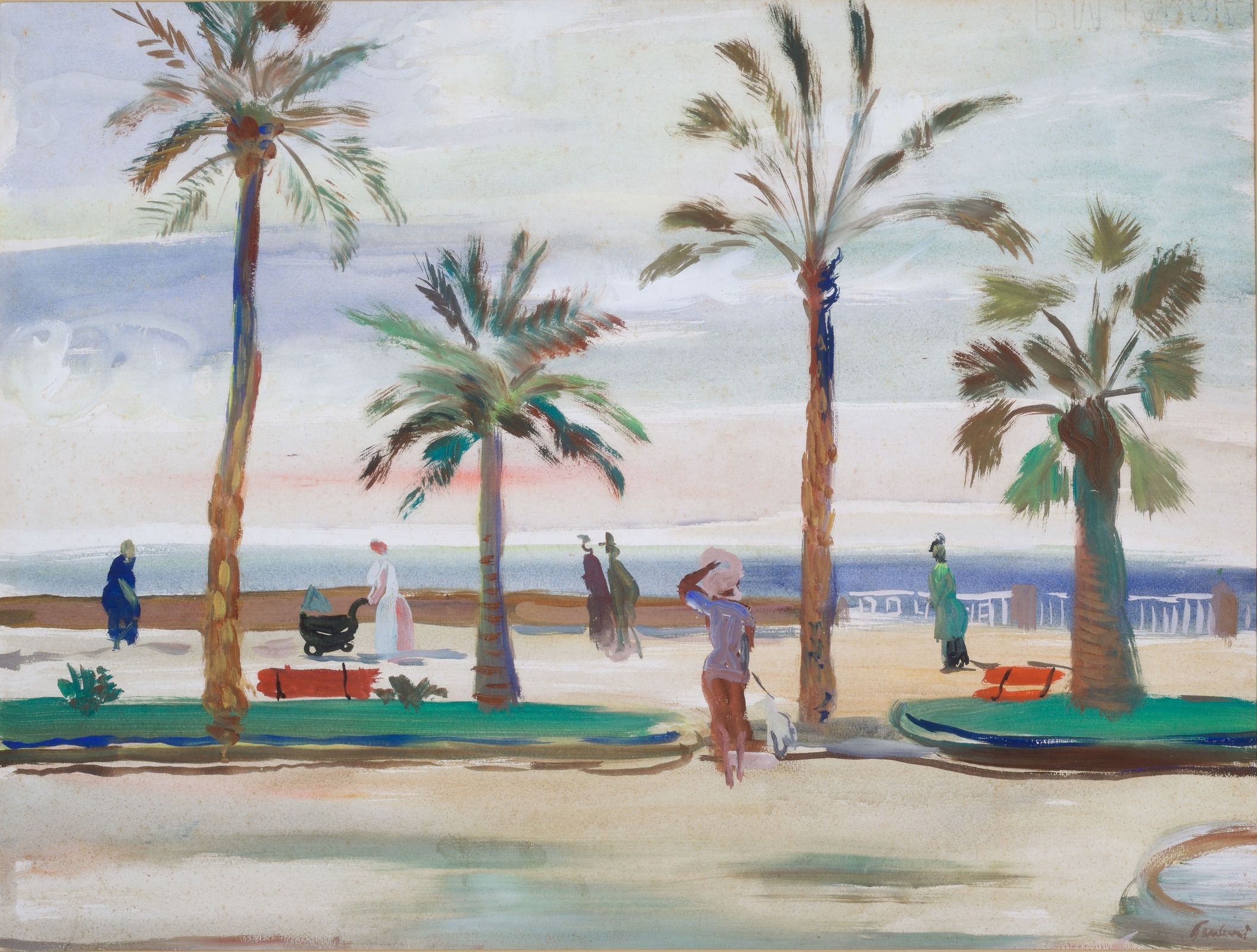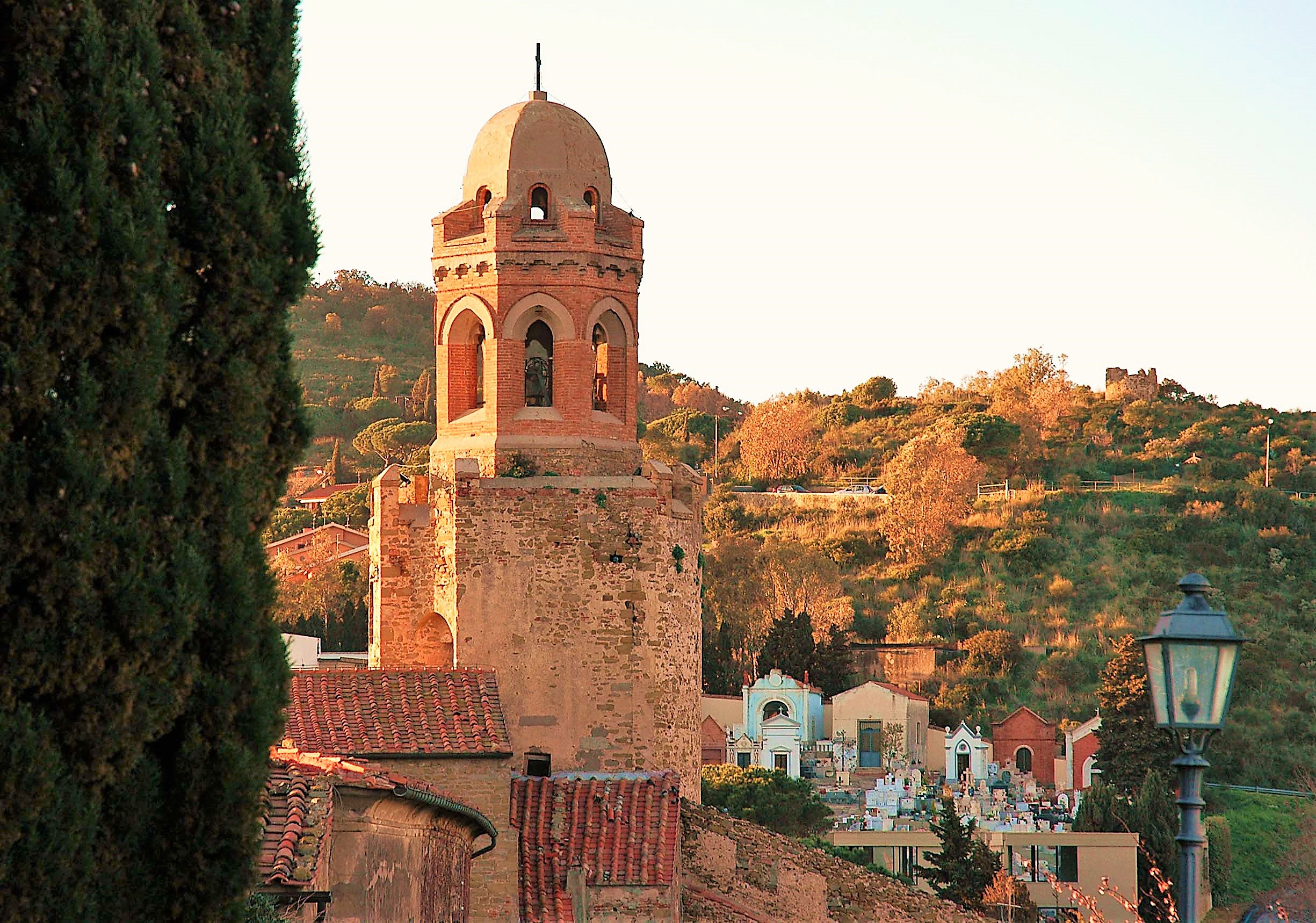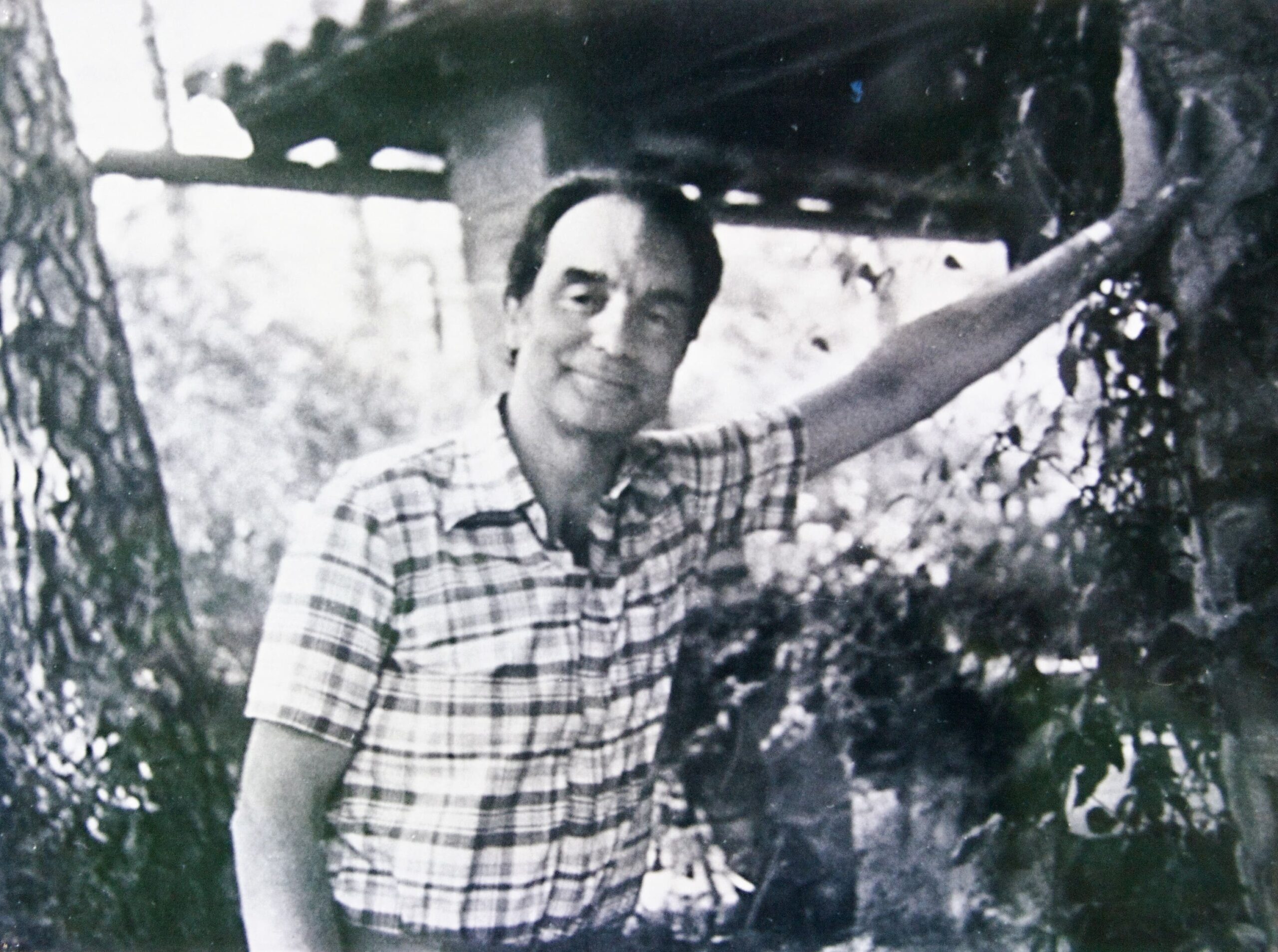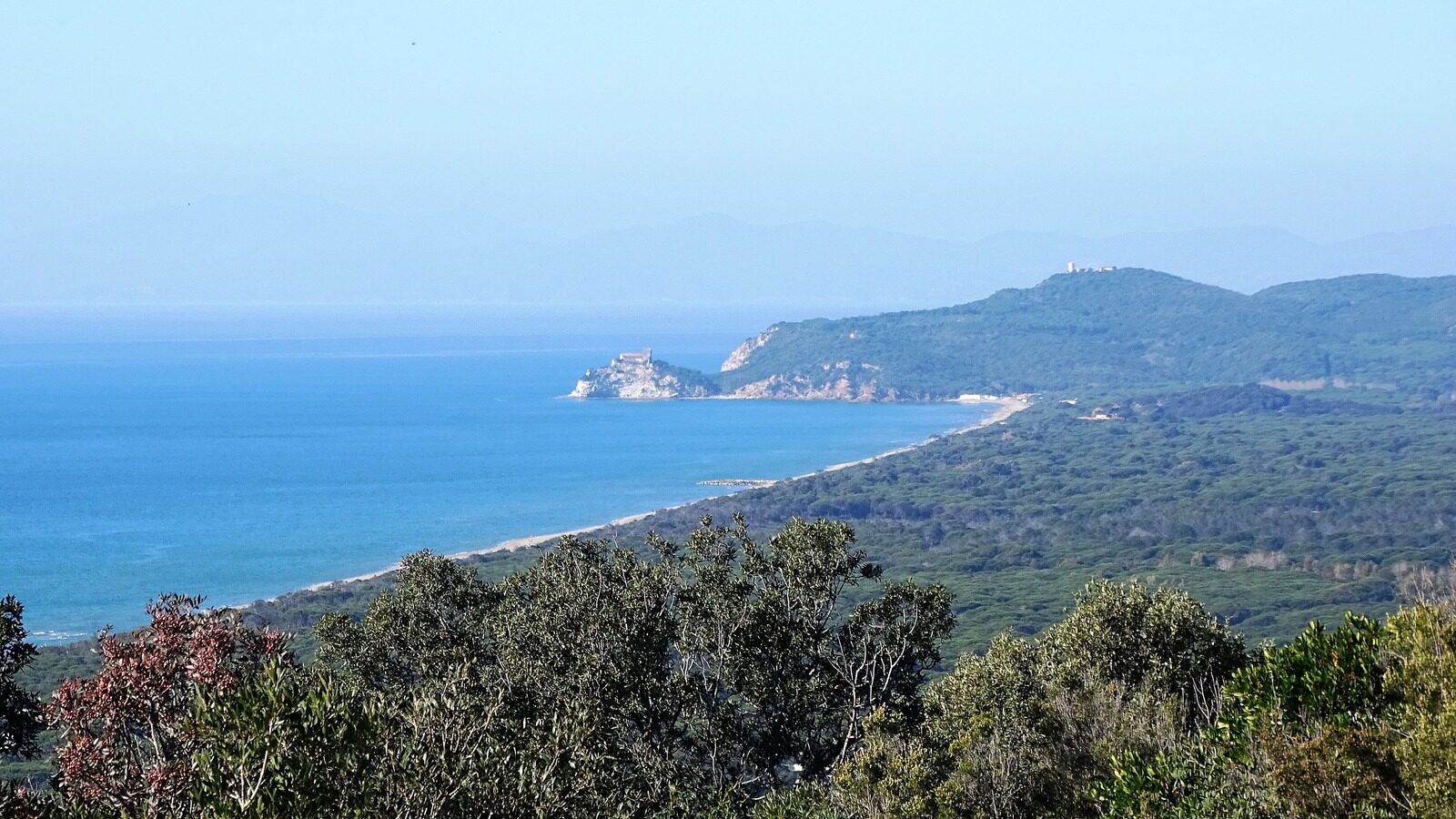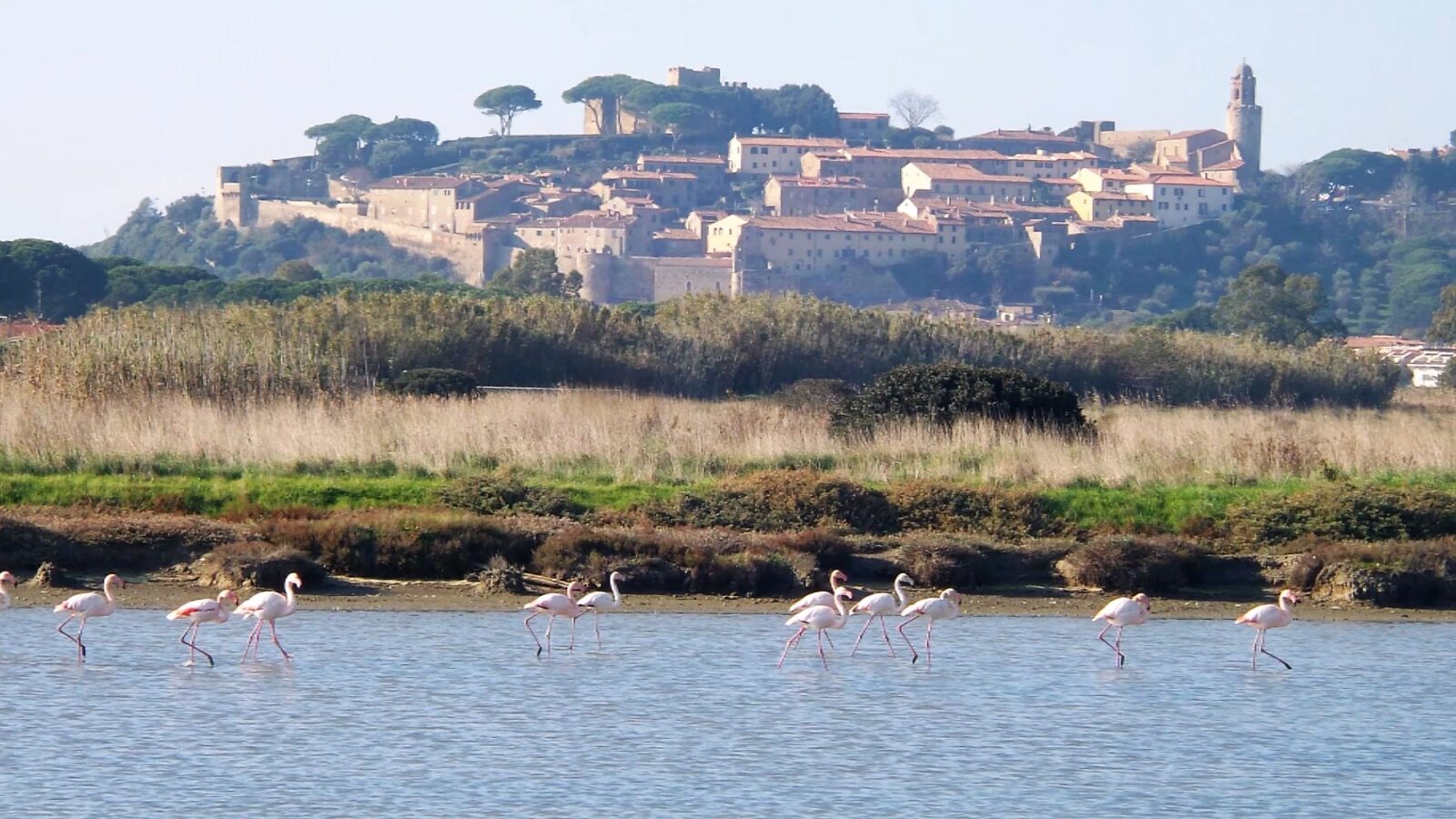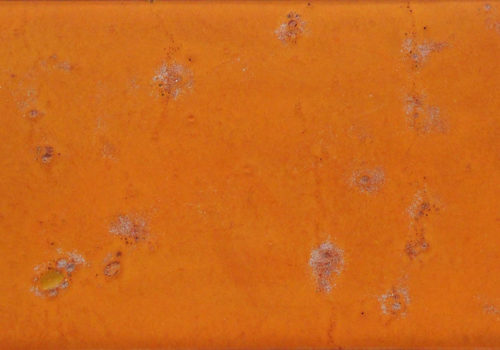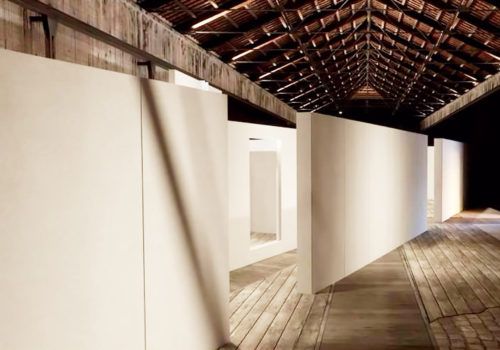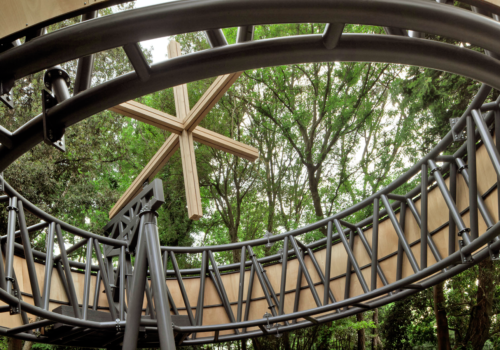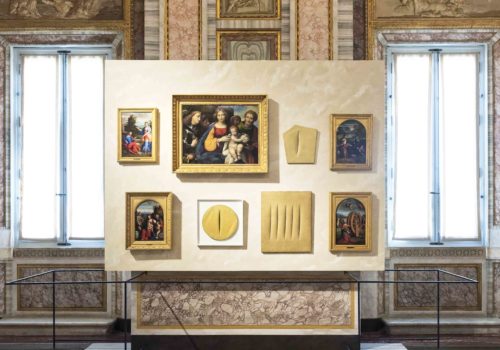From Rome to Genoa, and including Tuscany, Paris and Cuba. From the month of October through 2024, many initiatives are planned to celebrate the author
«I don’t like to live in just one place, but in many places at the same time. Yet every time someone sees me, they start to ask me: when did you get here? How long are you staying? I am here, I am convinced I am in every place, I am sorry if I give the impression of coming and going. Where do I live? In Turin and Sanremo, in Rome and in Paris. When I can I go skiing, if I could I would go to New York. I alternate periods in which I splinter myself geographically to periods in which I go into isolation». These are the words of Italo Calvino, from an interview published sixty years ago in 1963 (on “L’Espresso”, by Andrea Barbato), which in part describe the famous author’s relationship with the places, cities and territories he experienced throughout his life and that left their mark in his works.»
Italo Calvino
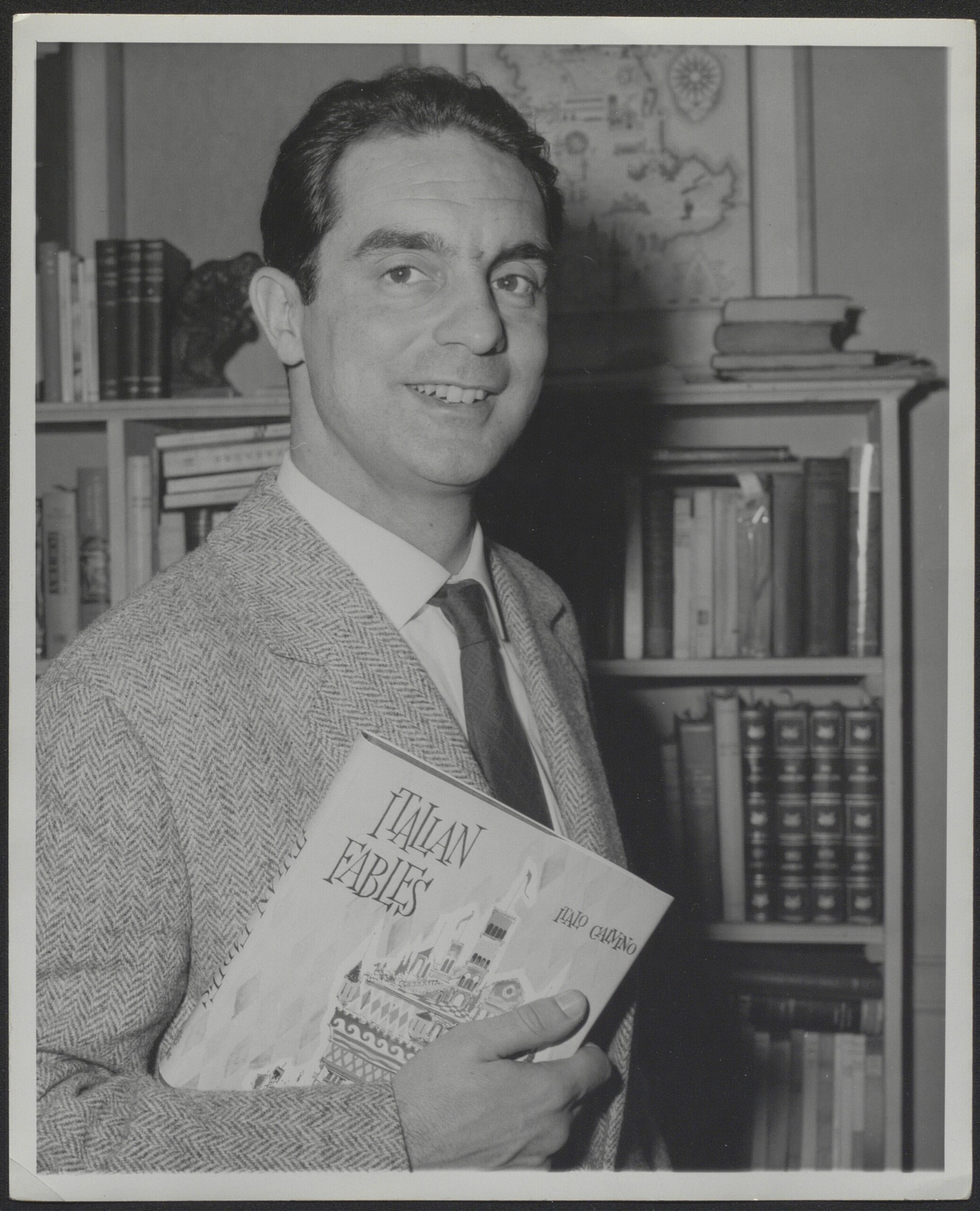
Italo Calvino
For the centennial of his birth (October 15th in Havana, Cuba), his “cities” – the not “Invisible” ones, naturally – will celebrate him with a series of events, including exhibitions, conferences and workshops.
We start in Rome where, from October 19th to 21st, there will be an international conference titled “Calvino looks at the world. Plurality, cohesion, metamorphosis”, promoted by the National Committee to Celebrate Italo Calvino, by the Università La Sapienza and the Laboratorio Calvino, in collaboration with the National Central Library in Rome. During the three-day conference, the author’s work will be analysed and discussed “from an interdisciplinary perspective”, with the participation of literary scholars, scientists, historians, anthropologists, geographers, and scholars of architecture and the visual arts.
The event, curated by Mario Barenghi, Laura Di Nicola, Bruno Falcetto and Martin McLaughlin, will revolve around some of the themes of Calvino’s imaginary: the day of inauguration (October 19th), dedicated to “Individuals and societies” and “Cosmo, environment and organisms”, will be held in the Aula Magna at La Sapienza, in the presence of the author’s daughter Giovanna Calvino, and will be opened by a lectio magistralis by Carlo Ginzburg; the second day – dedicated to the themes “Machines and numbers”, “Images and voices” and “Signs”, will take place in the spaces of the National Central Library, where the author’s book collection is preserved and where his study has been reconstructed in a room created ad hoc, just as it was in his home on Campo Marzio, with his desk, furniture and armchairs; the final session will be titled “Architectures”, in the main hall of Villa Medici, home of the Academy of France, the place that symbolises Calvino’s bond with France, where he lived for thirteen years.
Also in the Capital city, the Scuderie del Quirinale will inaugurate the exhibition titled “Fabulous Calvino – The world as a work of art. Carpaccio, De Chirico, Gnoli, Melotti and the others” from October 13th to February 4th 2024. The exhibition explores the writer’s relationship with the arts, “providing an overview of his visual imaginary” and highlighting the “relationship between real environments and possible worlds, adventures of the gaze, visions, theories”. The exhibition – curated by Mario Barenghi, organized by the Scuderie del Quirinale with Electa publishers and created in collaboration with the Regione Liguria and the City of Genoa with the Fondazione Palazzo Ducale – counts on more than four hundred loans (paintings, sculptures, drawings, illustrations by artists from the Renaissance to the present day, in addition to the most significant editions of the author’s books) that will “reconstruct his various multiform work”.
In addition to the exhibition in Rome, there will be another in Genoa, titled “Calvino cantafavole”, the “teller of tales” – curated by Eloisa Morra and Luca Scarlini – at the Palazzo Ducale, in the spaces of the Loggia degli Abati. The exhibition in Genoa – with the support of the Regione Liguria, the City of Genoa with the Fondazione Palazzo Ducale, organised by Electa in collaboration with the Scuderie del Quirinale, Teatro della Tosse and the Lele Luzzati Foundation – will be open to the public from October 15th through April 7th 2024: divided into six sections, it will explore the writer’s relationship with the poetic universe of fairy tales, «recomposing an unexpected and suggestive sentimental geography», with works and illustrations by many fantasy-inspired artists – whom Calvino has written about – and a section «about the fairy tale in relation to music, television and theatre». Also in Genoa, as a collateral event, the cycle of events titled “Boundless Calvino” will open on October 10th at the Palazzo Ducale: the opening lecture will be titled “Italo Calvino and the Cities” and will feature the participation of filmmaker Davide Ferrario, the author of a new film dedicated to the writer’s cities; the cycle will continue on October 17th with “Italo Calvino and Animals” (Serenella Iovino) and on October 24th with “Italo Calvino: The Environment and Eco-sustainability” (Martin McLaughlin).
Calvino’s relationship with the Liguria region is deeply rooted: the writer grew up in Sanremo, the city he “loved and hated” and which in March began a celebratory literary journey through Calvino’s locations with 38 stops, marked by 38 illustrative panels bearing QR codes and detailed explanations, “inviting the visitor to engage in slow tourism, to discover or rediscover places that are rich in personal accounts and suggestions”. The project – promoted by the Councillorship for Culture of Sanremo – together with other initiatives dedicated to the centennial – was developed in collaboration with the students from three high schools in the province of Imperia, the Università degli Studi di Genova and the Accademia di Belle Arti in Sanremo.
In Turin, where he earned his degree in Literature in 1947, Uninight – the European Researcher Night to be held between September 29th and 30th – was dedicated to Calvino with a collective and multidisciplinary reading held at the Musei Reali, the Roman Theatre at the Museum of Antiquities. Furthermore, an exhibition was announced about the writer, who lived and worked in the city through the early 1960s, to be held at the Historic Archives of the Università degli Studi di Torino, in the Palazzo del Rettorato.
A special bond connected Calvino to the territory of Castiglion della Pescaia, a town in Tuscany in the province of Grosseto, where he came for the first time in 1972 at the invitation of his friend Pietro Citati. He chose it as his “buen retiro” and is now buried in the garden-cemetery at Roccamare. In his honour, the city administration has conceived, and is carrying out, a programme of over 100 events throughout 2023 with a specific theme every month.
October 15th is the date for the culminating event during which, in the Town Hall (at 10:30 am) Calvino will be awarded a posthumous honorary citizenship, and the emission of an honorary stamp dedicated by the Italian Postal Service to the Centennial of his birth will be officialised.
On this day, the Library dedicated to the writer will be opened exceptionally on Sunday, with a stage reading of “The Count of Montecristo”. Other events will be held that weekend – on the 13th (at 5 pm), a reading of “Il sentiero dei nidi di ragno” (Calvino’s first novel, published in 1947) at the city library, and on October 14th along the boardwalk (starting at 10:30 pm), fireworks for “Fuochi a mare”. Readings, theatre performances and lectures will continue through the end of October and the month of November.
The celebrations for Calvino – given the writer’s international renown – reach beyond national borders, with events held in many of “his” cities around the world. Starting with Paris, where on October 10th, a seminar will be held titled “Calvino’s Parisian Meditations. Literary, philosophical and historical perspectives”, organized by the Sorbonne Nouvelle University (from 9 am to 5 pm) and by the Italiques association, concentrated on the years that the author lived in the French capital, from 1967 to 1980. The speakers will include Italian and French specialists on Calvino, cultural historians and philosophers. Other initiatives will be held in the city of Seville, which has organized, on October 15th at the Alameda de Hercules, a lively town square, “Universo Italo Calvino”, a transmedia project of critically-oriented cultural activities that aim to “bring Italo Calvino back to Seville and reinterpret his work forty years later”: the events will feature a symphony-chorus concert “Le Città Invisibili”, by the composer Marco Mosquera, based on the author’s texts.
The list of places celebrating Calvino could not but include Cuba, where he was born in Santiago de las Vegas, a town in the province of Havana. Organized and promoted by the Italian Embassy, in collaboration with Cuban and Italian partners, including the Unión Nacional de Escritores y Artistas (Uneac), the series will take place from October 11th to 15th. The programme features a lecture at the University of Havana (where a classroom will be named after Calvino), the inauguration of the exhibition “Calvino Here and Elsewhere” – as part of the eponymous international programme developed in collaboration with the Ministry of Foreign Affairs and International Cooperation, curated by the the Laboratorio Calvino and the Fondazione Arnoldo and Alberto Mondadori, which reaches across the diplomatic-consular network and the Italian Institutes of Culture abroad – and the conclusion of an agreement on “literary parks” (that will mark key places in Calvino’s experiences in Havana) and the proclamation of the winner of the “Italo Calvino” Literary Award for emerging Cuban writers. On October 14th and 15th, there will be a programme dedicated to children, and the series will close with a celebration at Santiago de las Vegas, in the house where Calvino was born.
On the cover: Sala Calvino © Biblioteca Nazionale
©ALL RIGHTS RESERVED


